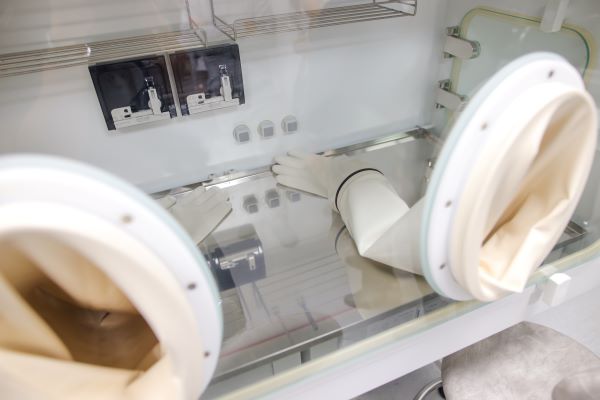Study monitors particles and falling bacteria in biosafety cabinets
Posted: 23 April 2024 | Caroline Peachey (European Pharmaceutical Review) | No comments yet
The type of clothing worn in aseptic manufacturing areas may impact the number of particle and airborne bacteria detected in biosafety cabinets.


A study published by Japanese researchers explores the correlation between particles generated by operators and airborne bacteria, utilising biosafety cabinets within a typical laboratory setting.
The research was published in Regenerative Therapy.
To protect cell therapy products from risks of contamination by bacteria present in cell-processing facilities along with bacteria and fungi in raw materials, manufacturers must establish a cleanroom environment and sterile production area, the paper states.
This aseptic production area is regulated through environmental monitoring, including particle counts. However, the impact of particles generated by operators as potential contaminants remains uncertain, prompting further study.
Researchers led by Mitsuru Mizuno from Tokyo’s Center for Stem Cell and Regenerative Medicine conducted an accelerated test to assess the correlation between particles generated by operators and airborne bacteria using BSCs.
The research involved conducting a simulation followed by real-time experiments involving human operations to explore the quantity of particles, particle sizes, and the percentage of bacteria within these particles.
The study was carried out in “conditions with heightened particle generation from operators within a biosafety cabinet,” with operators wearing textile and non-woven dustless clothing. Upper arms were trapped in the BSC for a duration of two minutes, with three operating tapping their clothes.
How does clothing impact particles and falling bacteria in BSCs?
“Observations under biosafety cabinet-off conditions revealed the presence of various particles and falling bacteria in textile clothing,” Mizuno et. al report. “In contrast, no particles or falling bacteria were detected in operators wearing dustless clothing within biosafety cabinets.”
Specifically, the paper states that “a correlation between 5μm particles and colony-forming units in textile clothing was identified”. The ratio of falling bacteria to the total number of particles was “significantly lower” for dustless clothing.
The study demonstrated that the number of particles and falling bacteria [in the BSC] varied depending on the type of clothing”
Overall, the study demonstrated that “the number of particles and falling bacteria varied depending on the type of clothing.” This data could be used to identify risks and to provide basic data for operator education and evidence-based control methods in aseptic manufacturing areas, the authors assert.
The study highlights that environmental factors in actual manufacturing facilities, such as the turbulence and static electricity associated with the nature of the particles generated, may vary. Therefore, it is necessary to verify what happens during actual operations.
The researchers also acknowledge that if extrapolated to a cleanroom setting, the risk logically decreases further. But they note that importance not to “entirely dismiss the potential for contamination in actual manufacturing facilities”.
The research was funded by a joint research grant from Japan Agency for Medical Research and Development (AMED) and Shimizu Corporation.









